Improving your vertical requires improving your strength.
How important is strength? This is dependent on the sport and the position you play. A lineman will need more strength than a wide receiver. A shot put thrower will need more strength than a pole-vaulter. Regardless of your sport or position, strength is crucial and can greatly improve performance if executed properly.
Strength comes in many forms. A wrestler must possess good strength on the mat to control their opponent. A lineman in football will need to be strong enough to hold off the defense. Strength is a universal trait that every athlete, regardless of sport, will need in his or her athletic ability tool belt. Building off of last week’s post (5 Ways to Improve Your Vertical), we will be covering the importance of being strong and how strength training can improve your hops in the game.
More on Strength
The vertical jump is an expression of power. Power equals force times velocity (P=F*V). If you want to increase power, you must improve the force or velocity with which you jump — or both. Think about it. There are forces everywhere and at all times (think gravity). Gravity is constantly pushing down on you every second of the day. If it weren’t for gravity, we would all feel like MJ flying across the court in space jam. Because gravity’s force is so significant, we must be able to counteract that with vertical force of our own. By putting force into the ground through the push of our legs, we receive a force of equal magnitude and in the opposite direction, thus propelling us into the air. Getting stronger will improve the force part of the power equation.
Alright, now that we know the mechanisms of strength help your jumping ability, let’s discuss some exercises and training strategies. There are countless methods to getting stronger. If you are a newbie, you will want to master technique and use primarily bodyweight training with squats, lunges, and hip bridges until that is no longer challenging. Once you have mastered the proper technique, we would begin a basic barbell strength-training program consisting of barbell squats, deadlifts, and Olympic lifts.
These foundational exercises are used because, essentially, they are total body lifts, or compound exercises. Compound exercises are superior to something like machine training because of the total body demands. For example, when performing a back squat, the athlete must stabilize their core to prevent a loss of safe posture. The leg extension or leg press machines would be more of isolation exercises where the legs get a lot of work but no other part of the body is involved.
3 Tips to Improve Your Squat
- Retract scapulae together while taking a narrow grip. This will create a strong shelf for the bar to rest on your upper back. This will create better stability preventing a loss of posture thus making the exercise safer and stronger.
- After unracking the bar keep your walkout to 3 steps. By taking a slow and controlled walkout and limiting the number of steps you will limit wasted energy and set your base for a better set.
- Take a diaphragmatic breath. A diaphragmatic or belly breath is crucial for big compound lifts. By taking a big breath into the belly and expanding your midsection you are creating a thicker trunk. By expanding your trunk with air and holding that breath through the hardest part of the lift you will create a ton of intra abdominal pressure which will create more stability that will protect your lower back and help to transfer the force from the legs making it easier to finish a tough lift.
Jumpers come in all shapes and sizes. Long and high jumpers in track & field are built long and lean. Basketball players are typically tall and muscular. Wide receivers can be tall, short, small, or built. However, they all need the ability to get up in the air over a defender to receive a pass. Regardless of your sport or position improving your ability to jump high is a clear marker of elite athleticism and getting stronger is setting a great foundation for you to get there.

Leave a Reply